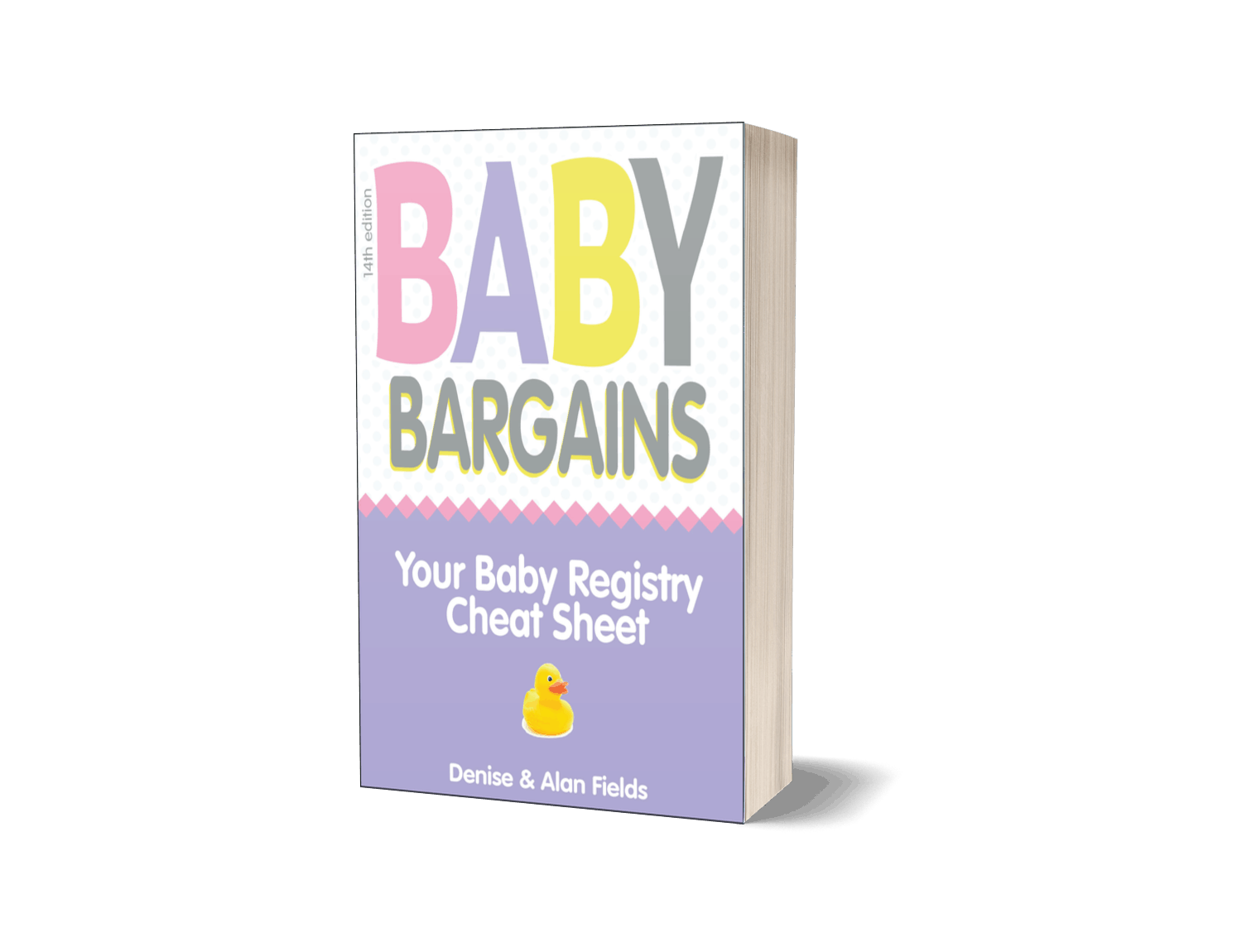Dr. Brown’s Baby Bottles Explained
We purchased and put 17 different baby bottles through their paces before crowning Dr. Brown’s (along with Avent) as the Best Bet for Bottles for most folks.
In our surveys of lactation consultants, Dr. Brown’s baby bottles are neck and neck with Avent when it comes to popularity. In our tests, Dr. Brown’s best feature point is its two-piece vent system which keeps air out of the milk or formula, ensuring the nipple never collapses. This type of venting (called “positive-pressure flow”) reduces colic, spit-up and gas. Here’s what the vent looks like outside the bottle:
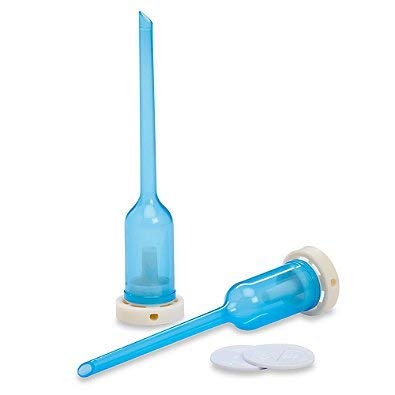
While baby feeds, the air “is channeled from the nipple collar through the vent system.” It never enters the milk or formula so baby doesn’t take in air and the nipple won’t collapse because a vacuum can’t occur in the bottle. In our real world tests, Dr. Brown’s bottles performed at the top of its peer group, largely because of this design.
Dr. Browns comes in two categories: The Original Natural Flow, our top pick for most families, and Options+ (see below for more about Options+). You’ll find the Original in both a narrow neck and wide neck (see below).
You may also see the Original in tinted colors like pink, blue and lavender.
The verdict from parents: Dr. Brown’s is a winner. Many readers tell us they fell for some cool looking other bottle that promised less gas or colic, only to come running back to their Dr. Brown’s. Overall feedback from parents is excellent.
Drawbacks: Dr. Brown’s Bottles
A minority of parents we interviewed said Dr. Brown’s bottles can leak (especially if you shake them). Another negative: there are a lot of parts to clean. And some parents say the nipple on the wide-neck version is difficult for some babies to latch on to.
These minor criticisms aside, Dr. Brown’s bottles generally garner very positive feedback.
The Options+ Baby Bottles
At first glance, you might be confused about what make Options+ bottles from Dr. Brown’s any different from the Original bottles. We can understand this since they have more in common than different: same bottles styles (narrow and wide neck, glass wide neck, pictured in order below), same internal vent system, same nipples with multiple flow options.
So what’s the big difference? Options+ allows you to use the bottle without the vent. What? Isn’t that the point? Well, yes, Dr. Brown’s became the top selling baby bottle because of the vent. So why would you want to remove it?
The vent is there mainly to soothe fussy babies—some of these babies have what is formally known as colic.
Colic appears around three weeks of age and lasts potentially up to three months of age. Babies with colic typically are unconsolable from about 5pm to 8pm every night. Yep, every night. Recent studies have shown that colic may have something to do with a baby’s immature gut. So once your baby’s body matures, he’s able to handle feedings better without the gas, spit up or colicky crying.
Dr. Brown’s reasoned that once a baby reaches a more comfortable stage in feeding, she wouldn’t necessarily need the vent—and hence, you don’t have to do all the cleaning with the extra parts. So Options+ is their solution. Use the vent till about three months, then remove it from the bottle. While the company still recommends the vent for most people, Options+ now offers some flexibility.
Parents are equally happy with the Options+ line of bottles, although some say they leak even more than the Original when vigorously shaken. It’s a minor complaint, however and we highly recommend them.
Why Trust Us
We’ve been rating and reviewing baby bottles since 1994. In addition to hands on inspections of each bottle/nipple system, we have also consulted with lactation consultants and dentists as well as pediatricians.
Here’s another key point: we don’t take money from the brands we review. No free samples, no sponsors, no “partnerships.” Baby Bargains is your independent and unbiased source for expert baby gear reviews. We’ve been writing and reviewing baby gear since 1994. Yes, that long!
How we picked a winner
We evaluate baby bottles and nipple carefully with the assistance of lactation consultants (who help determine which bottles are closest to breastfeeding); pediatricians and dentists. It’s important to us to recommend bottles that will not only supply your baby with good nutrition (whether you breast or formula feed), but also won’t cause issues with colic or, later in life, teeth. We also check bottles for overall quality, cleanability and ease of use—for example, do they have a venting system to avoid swallowing too much air?
We also gather significant reader feedback (our book, Baby Bargains has over 1 million copies in print), tracking cribs on quality and durability. Besides interviewing parents, we also regularly talk with retailers to see which brands are most trustworthy and other key quality metrics. Since we’ve been doing this since 1994, we have developed detailed profiles of major bottle brands that help guide our recommendations. See below for links to bottle reviews.

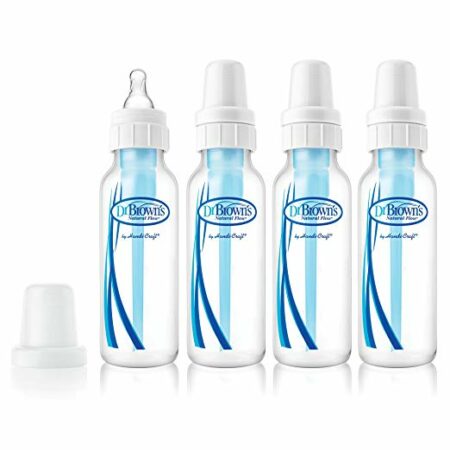
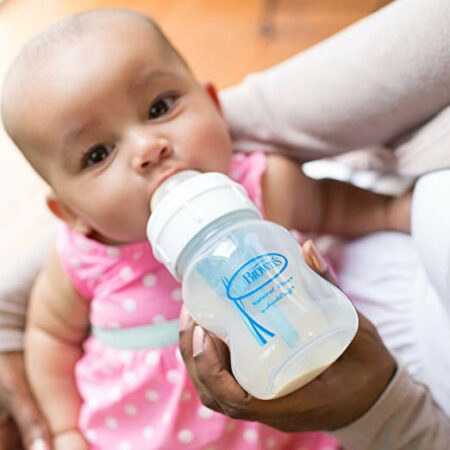
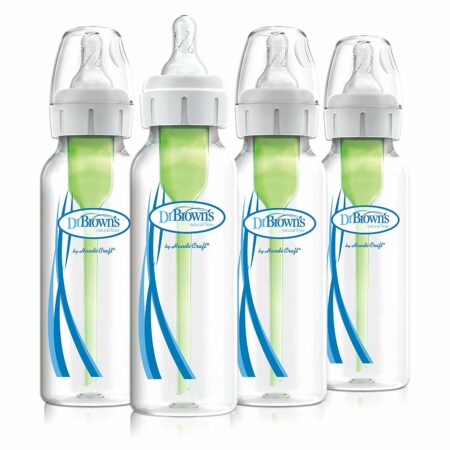
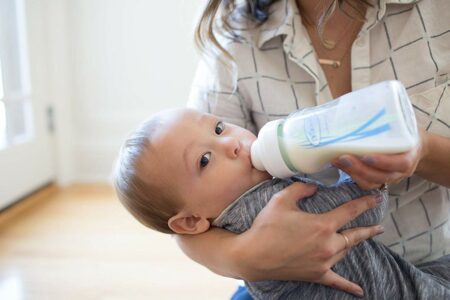

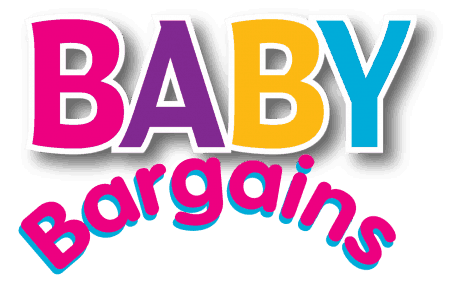
 We obsess over gear for families . . . so you don't have to. Baby Bargains has one mission: help you find the best gear for your family and home with unbiased reviews by experts with 20 years of experience. At prices that don't break the bank. When you purchase a product from links on this site, we make a small affiliate commission. Learn more
We obsess over gear for families . . . so you don't have to. Baby Bargains has one mission: help you find the best gear for your family and home with unbiased reviews by experts with 20 years of experience. At prices that don't break the bank. When you purchase a product from links on this site, we make a small affiliate commission. Learn more 
